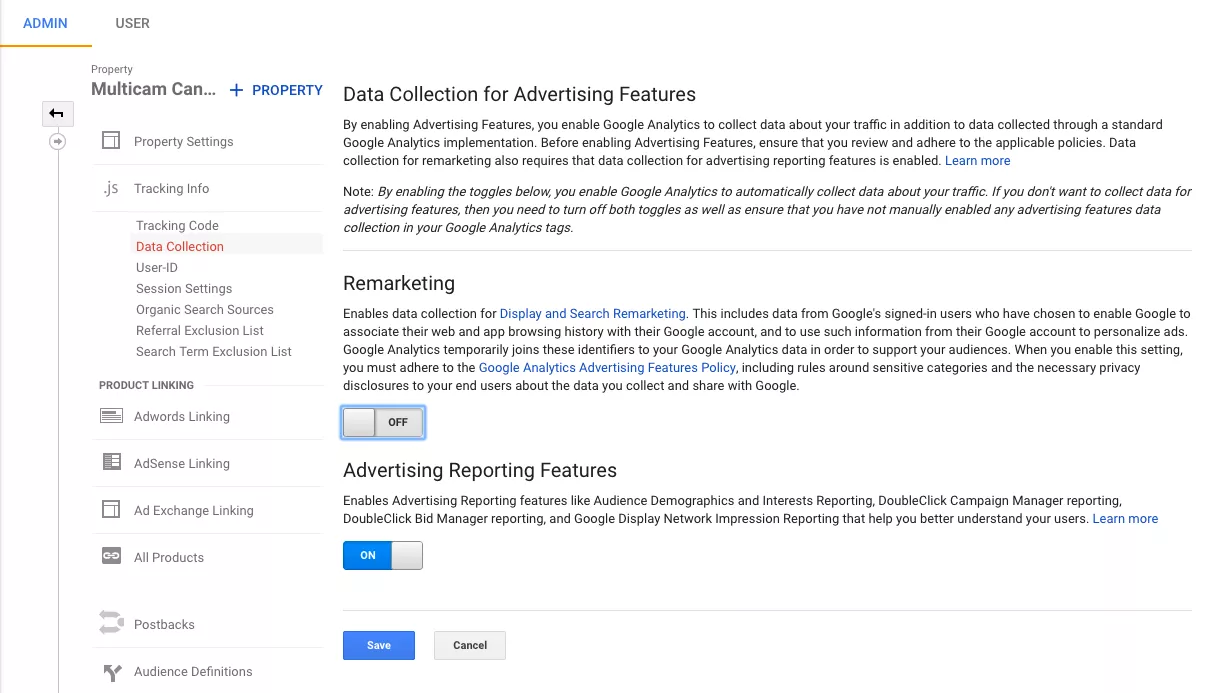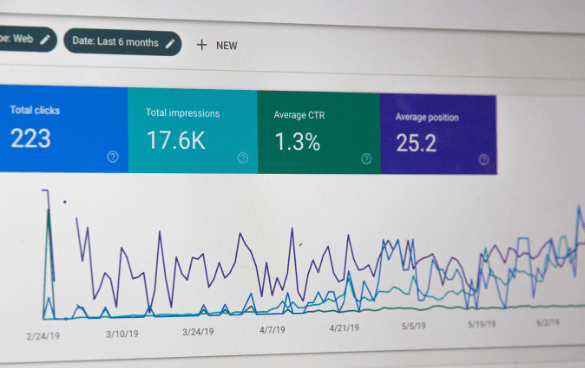Optimize Your ROI With Remarketing in Google Analytics
In the world of electronic advertising, the use of remarketing strategies within Google Analytics has actually shown to be a potent tool for boosting return on investment. By taking advantage of the power of individual data and customizing advertisements to particular target market sectors, organizations can considerably intensify their conversion prices. Nonetheless, the actual vital hinge on the art of precision - recognizing individual behavior, crafting compelling ads, and continually refining methods to drive optimal results. The trip to making best use of ROI through remarketing is a nuanced course led with insights and opportunities that can improve the trajectory of your advertising and marketing ventures.
Recognizing Remarketing in Google Analytics
Recognizing remarketing in Google Analytics is crucial for enhancing your electronic advertising approach. Remarketing permits you to target customers that have previously visited your site or engaged with your app, presenting them with tailored ads as they surf various other websites or utilize other apps within the Google Display Network. This technique assists keep your brand name top of mind and urges users to go back to your website, ultimately boosting the chance of conversion.
By making use of Google Analytics, you can track the performance of your remarketing projects, acquiring important insights right into customer behavior, interaction, and conversions. This data allows you to improve your bidding process, messaging, and targeting techniques to boost the general efficiency of your campaigns.
Additionally, comprehending the different types of remarketing lists available in Google Analytics, such as standard, dynamic, and comparable audiences, permits you to create personalized and extremely segmented campaigns customized to specific customer sectors. This level of granularity can dramatically boost the significance and effect of your remarketing initiatives, eventually optimizing your return on financial investment.
Setting Up Remarketing Lists
To successfully implement remarketing projects in Google Analytics, the preliminary action includes developing and configuring remarketing checklists targeting certain individual segments based on their communications with your site or application. By establishing remarketing checklists, you can customize your marketing efforts to get to users that have actually already revealed interest in your products or services.
To begin, browse to the Admin section of your Google Analytics account and choose the Building where you want to develop the remarketing list. Under the Residential or commercial property column, click on 'Audience Definitions' and choose 'Target markets.' Next, click on the red 'New Target market' switch and select 'Develop New' to specify the parameters for your remarketing listing.

Crafting Effective Remarketing Ads

When crafting your advertisements, concentrate on creating eye-catching headlines and compelling visuals that stand Our site out to potential clients. Integrate solid calls-to-action that urge customers to revisit your site and finish a desired action. Make use of dynamic remarketing to reveal customized advertisements featuring product and services that customers have previously seen on your website.
In addition, ensure that your advertisements are mobile-friendly because a considerable portion of net web traffic originates from mobile phones. Test different ad variants to recognize which messages and designs drive the ideal outcomes. By continually refining and enhancing your remarketing advertisements based upon efficiency information, you can optimize their performance and improve your return on financial investment.
Studying Remarketing Performance

Via Google Analytics, marketing experts can track the performance of their remarketing projects in real-time, allowing them to recognize trends, patterns, and click over here now locations for enhancement quickly. By examining the data, marketing professionals can determine which advertisements are performing well, which audience segments are responding favorably, and which networks are driving the most conversions. This degree of granularity enables marketing experts to make data-driven choices to optimize their remarketing projects for better results.
Optimizing ROI With Remarketing
Examining remarketing information in Google Analytics makes it possible for online marketers to pinpoint possibilities for optimizing roi (ROI) through strategic changes - What Is “Remarketing” In Google Analytics?. To optimize ROI with remarketing, it is vital to comprehend the habits of your target market. By assessing individual communications, such as the pages they went to, the items they viewed, or the activities they took on your site, you can customize your remarketing campaigns better
Segmenting your audience based on their habits allows you to produce personalized and targeted ads that are a lot more likely to resonate with them. By revealing appropriate ads to certain segments of your audience, you can increase the chances of conversion and inevitably enhance your ROI.
Furthermore, examining various advertisement creatives, messaging, and deals can assist determine what reverberates best with your target market. A/B testing allows you to experiment with different elements of your advertisements to establish what drives the greatest engagement and conversion prices.
Conclusion
In verdict, maximizing ROI with remarketing in Google Analytics calls for a tactical approach to examining customer habits, segmenting target markets, developing customized ads, and optimizing project efficiency. By leveraging data-driven understandings and evaluating different approaches, services can improve their remarketing efforts to drive higher interaction and conversion rates. This methodical method makes sure that sources are efficiently allocated in the direction of taking full advantage of rois in remarketing campaigns.
Next, click on the red 'New Target market' switch and select 'Produce New' to specify the specifications for your remarketing listing.
By continuously refining and maximizing your remarketing advertisements based on performance data, you can optimize their effectiveness and boost your return on financial investment.
By diving right into these insights, online marketers can gain a thorough understanding of just how their remarketing efforts are reverberating with their target audience and driving conversions. To maximize ROI with remarketing, it is vital to recognize the actions of your audience.In verdict, making the most of ROI with remarketing article source in Google Analytics requires a strategic strategy to analyzing user habits, segmenting target markets, producing tailored advertisements, and maximizing campaign performance.